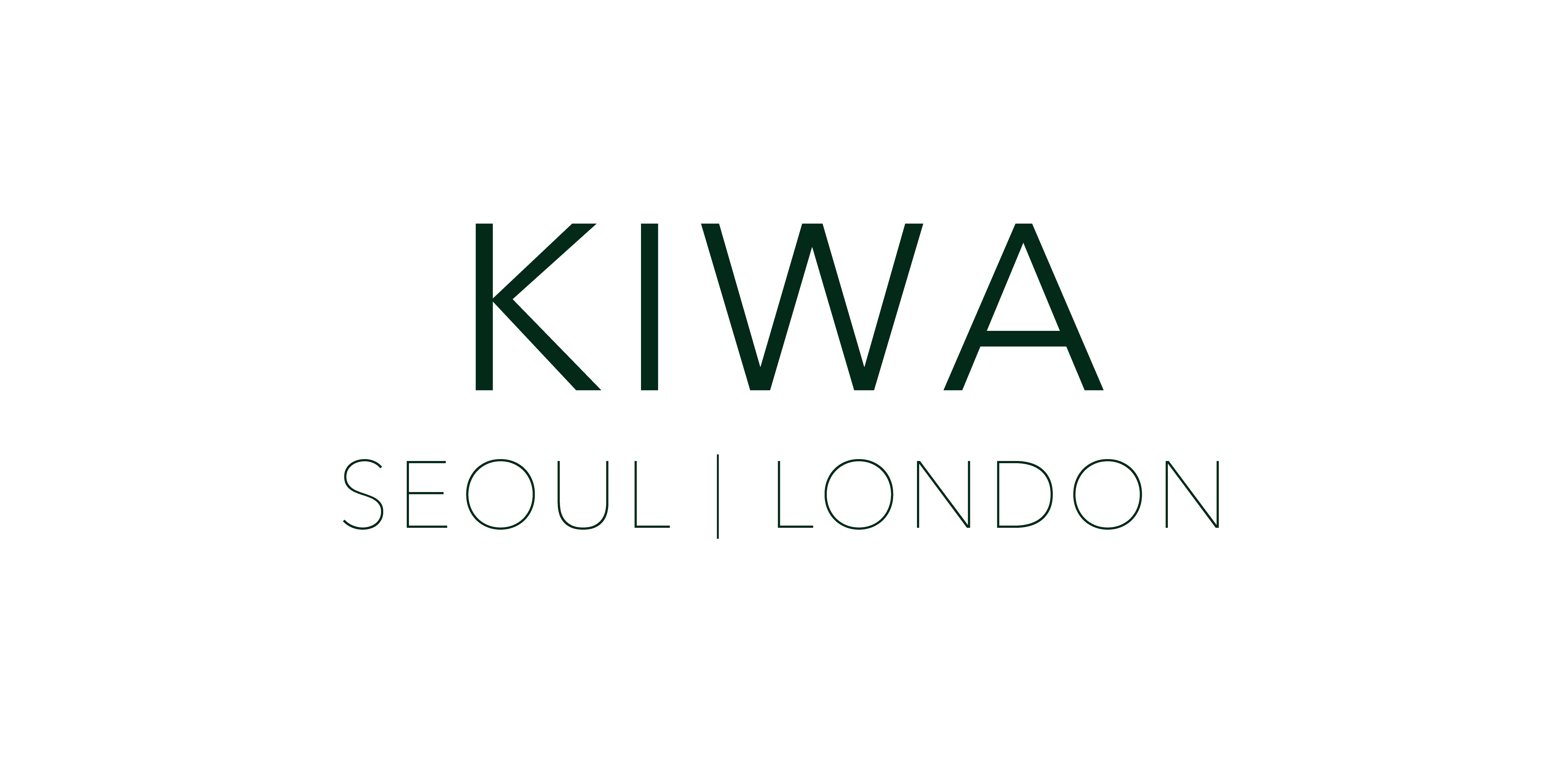Abstraction-Creation
Song Jinhyup (art critic)
Se Yoon Park and Jaiyoung Cho are young Korean artists who focus upon the creative activity of abstract sculpture. Abstract art has been developed through countless methods and theories and is one of the most striking artistic movements in the history of modern art. Abstract art emerged in the 1930s as a cutting-edge trend, during this time an artistic association named Abstraction-Creation began leading to the development of modern abstract art. As the name suggests this association presented two major strategies for achieving abstract art; the abstraction of the figure and creation from the exclusive use of pure geometric elements. Following the crossfire of abstract art in the 20th century, the artistic strategies of Abstraction-Creation still resonate and are highly motivating to young contemporary artists such as Park and Cho.
Park's artworks focus mainly upon the extracting of essential forms from figurative objects. Throughout his career as an architect Park had to continuously think about the function and use of his works. To move away from the burden of practical tasks and vitalize the artistic passion of his visual creativity Park took to the path of creating sculpture. Park no longer requires functional and engineering essentials for his work. For his own artistic interests he creates simple and geometric modules through the extraction of the complex forms of objects. As he has been interested in light and darkness for many years, Park's artwork intensively explores the form of the tree as the main focus for his abstract studies. A tree is a comprehensive organism that reacts delicately to sunlight and also has the ability to present itself through innumerable forms within nature. To approach its visual essence he extracts the purely abstract elements of trees such as their cursive lines, divided mass and fractal expansion. Like its bleached wood pulp, the colorful and diverse form of the tree is reborn as a series of highly abstracted geometric units. In this exhibition he records his works collectively by placing each piece on a large shelf divided by individual frames. This majestic display presents an ongoing visual narrative in Park's relentless artistic quest to abstract art.
Cho's strategy differs from Park's, while Park finds essential forms from an organism and abstracts them, Cho creates biomorphic shapes by merging abstracted units together. Cho's art series Monster is a prime example. She prefers to visualize obscure and ambiguous boundaries, actively demonstrating the process of formative transformation. The Monsters' fragile cardboard bodies are easily deformed and physically damaged by humidity and then repaired by cutting and adding additional pieces to and from their surface. Through this process, Cho's abstract art units are reborn from simple geometric forms into growing biomorphic shapes. The Monsters are also mobile through the use of wheeled supports. These creatures still hold abstract outlooks but have already cast off their initial geometric units traversing loose and uncertain visual boundaries.
In the contemporary art world politics and words seem to run ahead of artistic exploration. These two young Korean artists, Park and Cho both focus upon visual creativity itself. Their sculptures are inspirational and present pure colors, lines and faces, joining and disjoining through various angles. This work aims to recapture the very early beginnings of abstract art: abstraction and creation.


